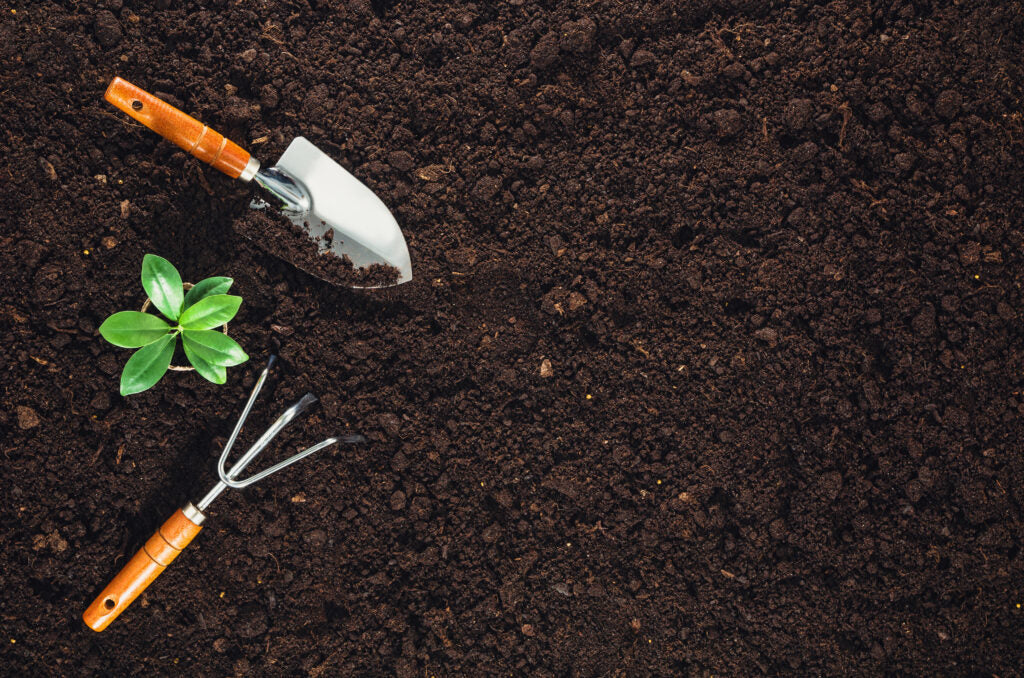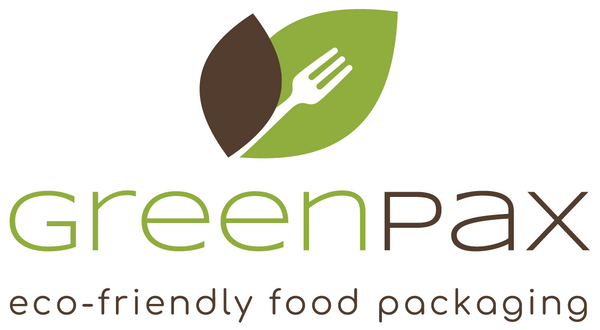
Composting
The Problem: The Overflow of Trash
Our daily waste, known as municipal solid waste (MSW), includes items like packaging, food scraps, furniture, electronics, tires, and appliances. As populations grow, the amount of waste generated has skyrocketed, doubling in the past few decades.
Where Waste Comes From
According to the EPA, residential waste accounts for 55-65% of total MSW, with the remaining 35-45% coming from commercial and institutional sources like schools, hospitals, and businesses. In 2009, the U.S. generated 243 million tons of MSW, with paper and plastic being significant contributors. Containers and packaging alone made up nearly 30% of this total.
The Space Crisis
With landfill space shrinking, many are nearing capacity or closing down, making it unsustainable to continue relying on them for waste disposal. Currently, 54.3% of U.S. waste ends up in landfills, while only 33.8% is recycled or composted.
The Solution: Progress in Waste Management
In the past 20 years, recycling and composting have significantly reduced landfill waste from 89% to 54%. In 2009 alone, 82 million tons of material were recycled or composted, preventing the release of millions of metric tons of carbon dioxide.
The Power of Composting
Composting is a natural process that transforms organic waste into nutrient-rich compost, reducing the need for chemical fertilizers and promoting healthier soil. Commercial compost facilities convert yard trimmings, food scraps, and compostable packaging into valuable compost used in gardening, landscaping, and agriculture.
Composting Benefits
Compost improves soil structure, suppresses weeds, retains moisture, and enhances plant growth while reducing landfill methane emissions and stormwater pollutants. It also helps reduce the need for water, fertilizers, and pesticides in agriculture.
Economic and Environmental Advantages
Communities and businesses can save significantly by composting, with reduced disposal costs and potential discounts on garbage bills. Composting also generates revenue, creates green jobs, and supports sustainable waste management strategies.
Where to Start?
Choose bioplastic and other compostable products that meet ASTM standards (D6400 for films and bags, D6868 for coated paper and boards) to ensure compatibility with municipal composting programs. Many compostable products, such as wooden cutlery and sugarcane plates, can also be composted at home. Check with local composting facilities or visit findacomposter.com to learn about options near you.
